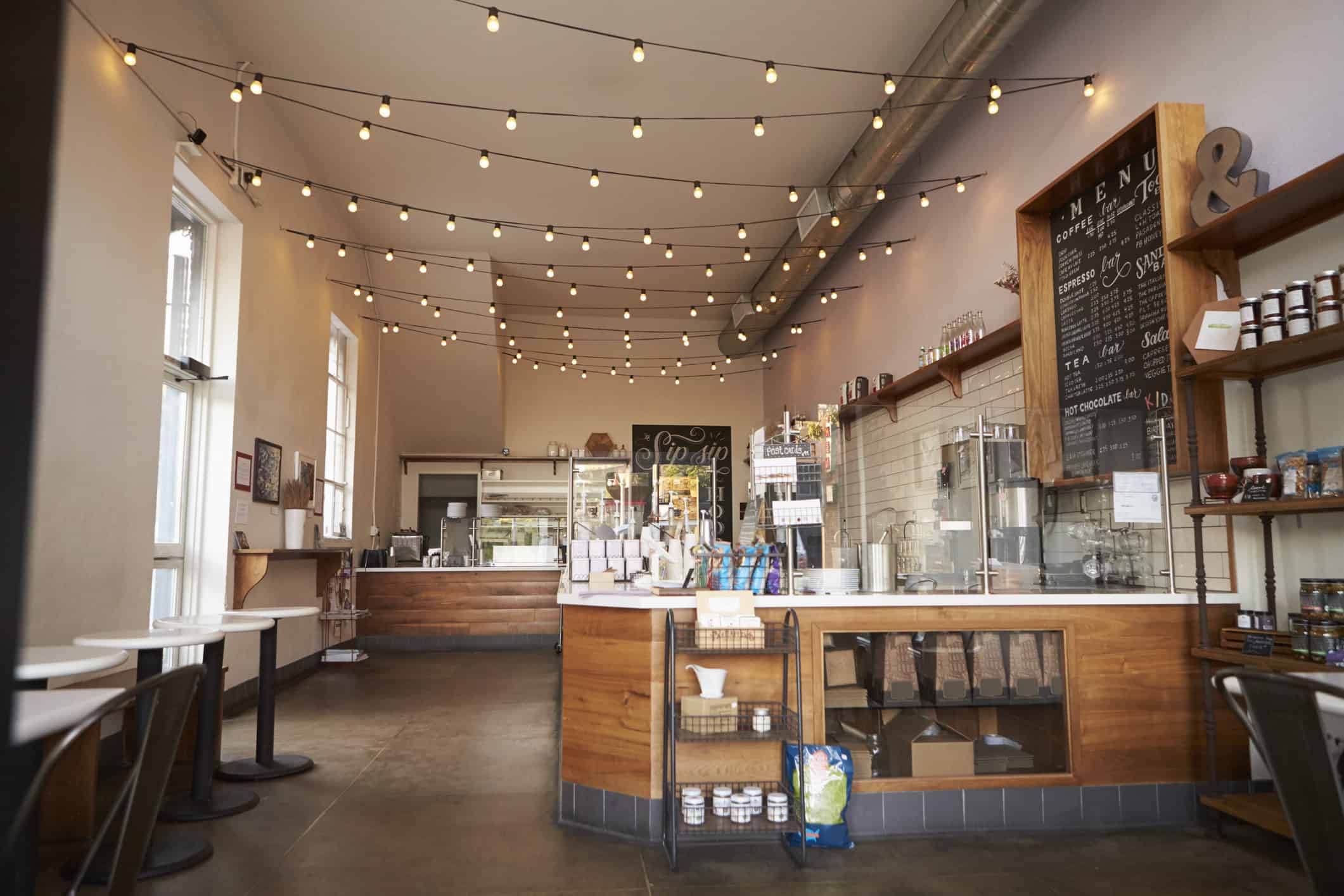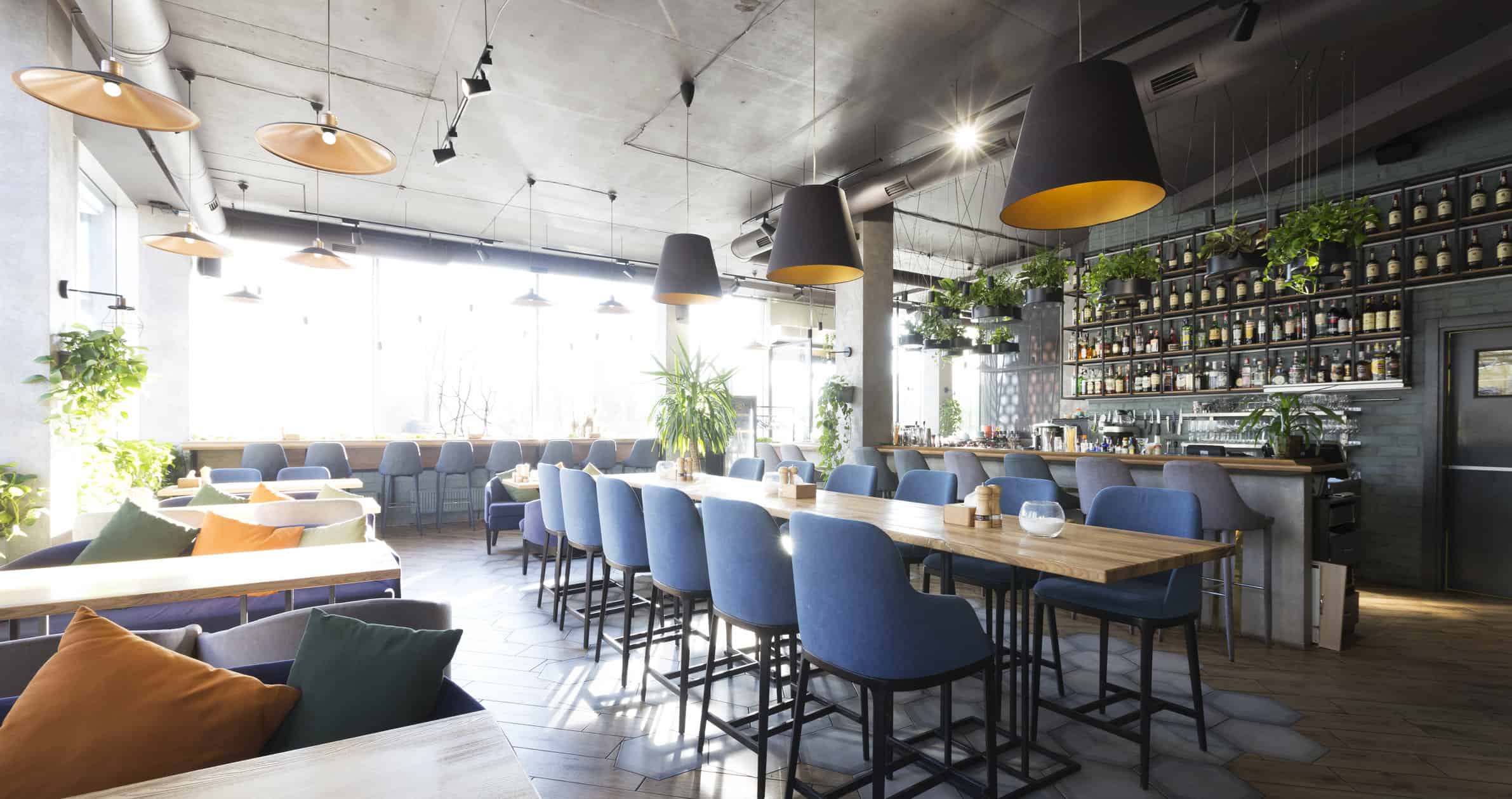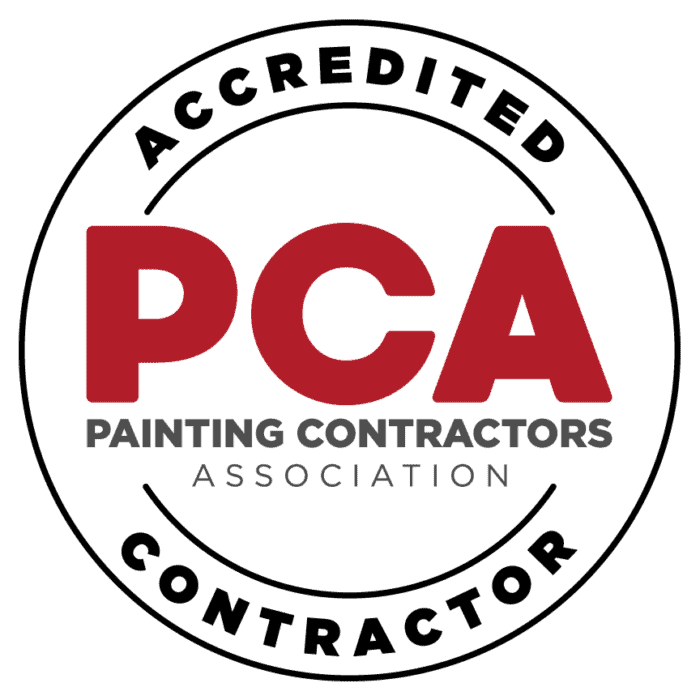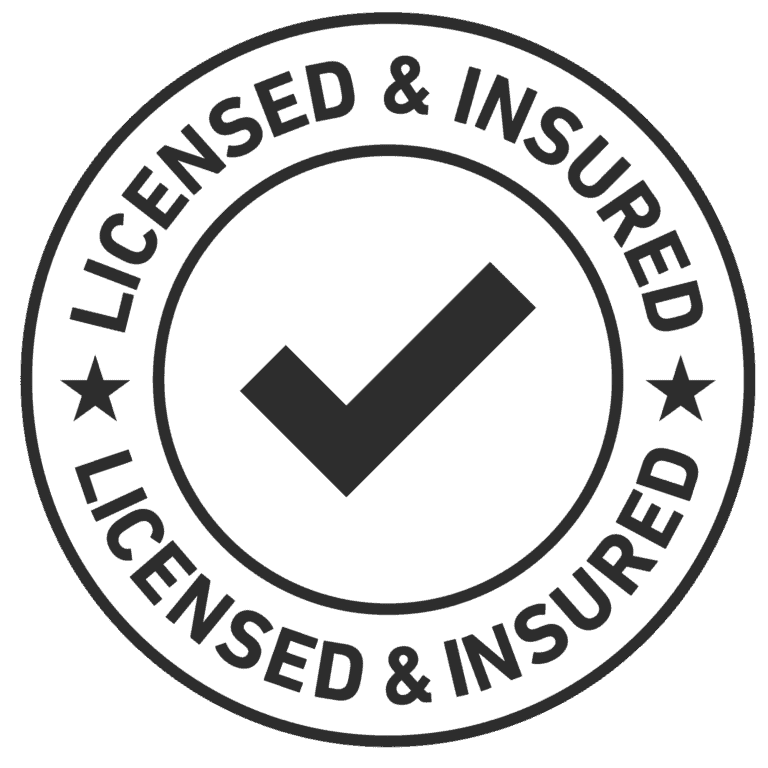When it comes to painting high-heat areas—such as commercial kitchens, boiler rooms, mechanical enclosures, and HVAC closets—standard interior paints simply don’t cut it. These environments experience continuous heat exposure, spikes in humidity, and aggressive chemical cleaning. The result? Paint that blisters, discolors, or peels prematurely, leading to safety risks, hygiene issues, and costly rework.
This guide will walk you through what to look for in high-performance paint systems for high-heat areas. You’ll discover which products hold up under extreme conditions, which finishes are safest and easiest to clean, and what kind of prep work ensures your investment lasts.
Whether you’re a facilities manager maintaining a utility corridor or a restaurateur renovating a kitchen, the goal is the same: to get a resilient, code-compliant, and low-maintenance finish that performs long-term.
Why High-Heat Areas Pose Unique Painting Challenges

Interior of modern loft style restaurant with fresh flowers and mirror
Constant Heat Exposure
In commercial buildings, heat isn’t always limited to stovetops or ovens. Boiler rooms and utility enclosures can sustain ambient temperatures above 120°F (49°C), with localized hot spots much higher. Paint in these zones must withstand continuous thermal stress without softening, cracking, or discoloring.
Even walls adjacent to appliances—dish machines, fryers, griddles—experience thermal cycling. Inadequate coatings here can warp, lose adhesion, or release harmful fumes.
Steam, Grease, and Humidity
In kitchens and mechanical rooms, moisture is constant. Whether it’s steam from a dish pit or condensation from uninsulated pipes, high humidity accelerates mold growth and can cause paint to swell and peel.
Meanwhile, airborne grease and oil particles deposit on walls and ceilings. If the surface isn’t sealed with a grease-resistant topcoat, these substances penetrate the paint film, stain the substrate, and degrade it over time.
Chemical and Abrasive Cleaning
Most high-heat areas are also high-sanitation zones. That means daily exposure to degreasers, bleach-based disinfectants, and high-pressure scrubbing. Low-sheen paints or latex walls can’t tolerate that kind of abuse. A proper paint system here must pass ASTM D2486 (scrub resistance) and resist softening when exposed to alkaline or acidic cleaners.
Fire Safety and Code Compliance
High-heat areas, especially those with open flames or flammable gases, must meet stringent fire safety standards. ASTM E84 tests for flame spread and smoke development. In some cases, fire-retardant or intumescent coatings are required—not only to pass inspections but also to give building occupants time to evacuate safely in the event of a fire.
What to Look for in Paint Systems for High-Heat Areas

Empty cafe or bar interior, daytime
Choosing paint for high-heat areas is about more than temperature tolerance. It’s about chemical durability, hygienic maintenance, and fire safety. Here’s what to demand from any coating used in these environments:
High Temperature Resistance
Standard acrylic latex paints begin to soften at 150°F (65°C). For high-heat areas, look for coatings rated at:
-
Sustained temps: 200°F–400°F for walls and ceilings
-
Localized heat exposure: 600°F–1,200°F for pipes, ducting, flues
Grease and Stain Resistance
In kitchens, airborne fats settle on every surface. Walls near fryers or grills must resist these greasy deposits without staining. Specialty enamels and catalyzed coatings create a hard film that resists penetration from oil and kitchen contaminants.
Washability & Scrub Resistance
Paints in these environments must tolerate daily cleaning. ASTM D2486 (scrub resistance) and a Class 1 rating ensure the coating won’t wear through after 200+ cycles with a scrub pad.
Mold and Mildew Resistance
Humidity breeds bio-growth. Use paints with integrated mildewcides or antimicrobial technology. This is especially critical in dishwashing areas and behind heat-generating equipment.
Fire-Rated or Flame Retardant Options
Some high-heat areas—especially those with exposed gas lines or large appliances—require intumescent or fire-retardant paints. These expand when heated to form a protective char, delaying flame spread.
Product-Specific Recommendations by Use Case
Below are curated coatings that perform under heat, grease, and frequent washing—categorized by environment:
For Commercial Kitchens (Walls & Ceilings)
| Product | Features | Best Use |
|---|---|---|
| Benjamin Moore Ultra Spec SCUFF-X® | Antimicrobial, stain-resistant, low-VOC | Back-of-house prep areas, dish zones |
| Sherwin-Williams Pro Industrial Pre-Catalyzed Epoxy | Durable, scrub-resistant, chemical tolerant | High-touch areas and wet walls |
| PPG Break-Through!® 250 | Fast-dry, grease-resistant, hard film | Trim, doors, and splash-prone surfaces |
For Mechanical Rooms and Boiler Rooms
| Product | Temp Rating | Key Strength |
|---|---|---|
| Zinsser® High Heat Ultra | Up to 1,200°F | Ideal for radiators, furnaces, hot ducting |
| Rust-Oleum High Heat Enamel | 400–1,000°F | Protects pipes, flues, and mechanical casings |
| Tnemec Series 15-246 | Moderate heat, high humidity | Perfect for boiler room walls and ceilings |
For Metal Equipment and HVAC Enclosures
-
Sherwin-Williams Heat-Flex® 7000: A silicone-based, heat-resistant coating for hot steel equipment and flue pipes.
-
Kansai Helios Termodur: European-formulated heat-resistant enamel for hot pipelines and machinery.
These coatings provide both temperature durability and corrosion resistance in tough operating conditions.
Choosing the Right Finish for Performance and Safety
The finish you choose affects cleanability, light reflectance, and resistance to moisture and grease.
Semi-Gloss and Gloss
These are preferred in high-heat areas. They offer:
-
Easy stain removal
-
High moisture resistance
-
Better light reflection (ideal for dark utility areas)
Flat or Matte Finishes
Avoid them in high-heat areas. They:
-
Absorb and retain grease
-
Show wear faster
-
Are more prone to mildew
Powder Coatings
For metal equipment, powder coatings are a top-tier choice. They’re heat-cured, ultra-durable, and common in factory settings. While not field-applied, they’re ideal for retrofitting metal enclosures, hood systems, or HVAC cabinets.
Surface Preparation and Primers for High-Heat Applications

Empty bar counter interior in modern cozy cafe, panorama, copy space
Clean Substrates Are Essential
High-heat paint systems only work if the surface is properly prepared:
-
Degrease with commercial-grade cleaners or TSP alternatives
-
Remove blistered paint, rust, or carbon deposits
-
Sand smooth and rinse thoroughly before priming
Recommended Primers
| Primer | Environment | Features |
|---|---|---|
| Zinsser Bulls Eye 1-2-3® | Kitchens | Universal primer with mold resistance |
| Sherwin-Williams Pro-Cryl® | Mechanical | Acrylic primer for ferrous/non-ferrous metals |
| INSL-X Fire Retardant Primer | Code-compliant zones | Forms protective barrier in high-flame areas |
For Previously Painted Surfaces
If you’re repainting over existing coatings, use adhesion-promoting primers like XIM Peel Bond® or Stix® Bonding Primer. Always test compatibility between the old paint and the new topcoat.
Fire-Rated and Intumescent Coatings
In many commercial facilities, especially kitchens with gas lines or older mechanical rooms, fire-rated coatings may be required by code.
Key Products
-
INSL-X FR-110: Class A fire-rated latex for walls and ceilings
-
Flame Control® 20-20: Low-odor, water-based, code-compliant
-
Tnemec Series 20 Pota-Pox: An epoxy intumescent system for structural steel
These products swell when exposed to flame, insulating the surface and delaying structural failure.
Certification & Testing
Always verify ASTM E84 ratings and request the manufacturer’s spec sheets. Fire marshals and insurance audits often require documentation.
When and Why to Hire a Professional Painter
Why It Matters
High-heat painting requires:
-
PPE and proper ventilation
-
Temperature-controlled application
-
Specialty primers and industrial coatings
Professional painters understand surface compatibility, flash points, and the correct film thickness to prevent failure.
Services You Can Expect
-
Off-hours commercial kitchen repainting
-
Fire-rated coatings in code-sensitive areas
-
Mechanical room degreasing and rust abatement
-
Product specification and warranty documentation
Maintenance and Inspection Best Practices
Annual or Semi-Annual Inspections
Regularly inspect high-heat areas for:
-
Peeling, blistering, or discoloration
-
Rust or oxidation on metal components
-
Grease buildup or mildew growth
Touch-ups with matching coatings ensure longevity and hygiene.
Approved Cleaning Methods
-
Avoid steel wool or abrasive pads
-
Use non-alkaline degreasers and low-residue detergents
-
Follow the paint manufacturer’s maintenance recommendations
Keep Paint Records On File
Maintain a paint log that includes:
-
Brand, product line, and sheen
-
Batch number
-
Application date
-
Installer or contractor info
This is essential for warranty claims, compliance checks, or future touch-ups.
Make the Smart Investment in Heat-Resistant Paint
High-heat areas aren’t just hot—they’re high-stress, high-risk, and high-maintenance. A basic latex won’t last, and an ill-suited coating can lead to health violations or fire hazards.
Whether it’s a steamy commercial kitchen or a 200°F mechanical vault, you need a paint system that’s chemically durable, thermally stable, washable, and safe. From antimicrobial coatings to intumescent primers, today’s high-heat solutions are smarter and more resilient than ever.
Ready to protect your high-heat areas?
-
Book a free paint system evaluation for your facility.
-
Request a fire-rated or high-temp spec sheet.
-
Schedule your repaint during scheduled downtime or service windows.




